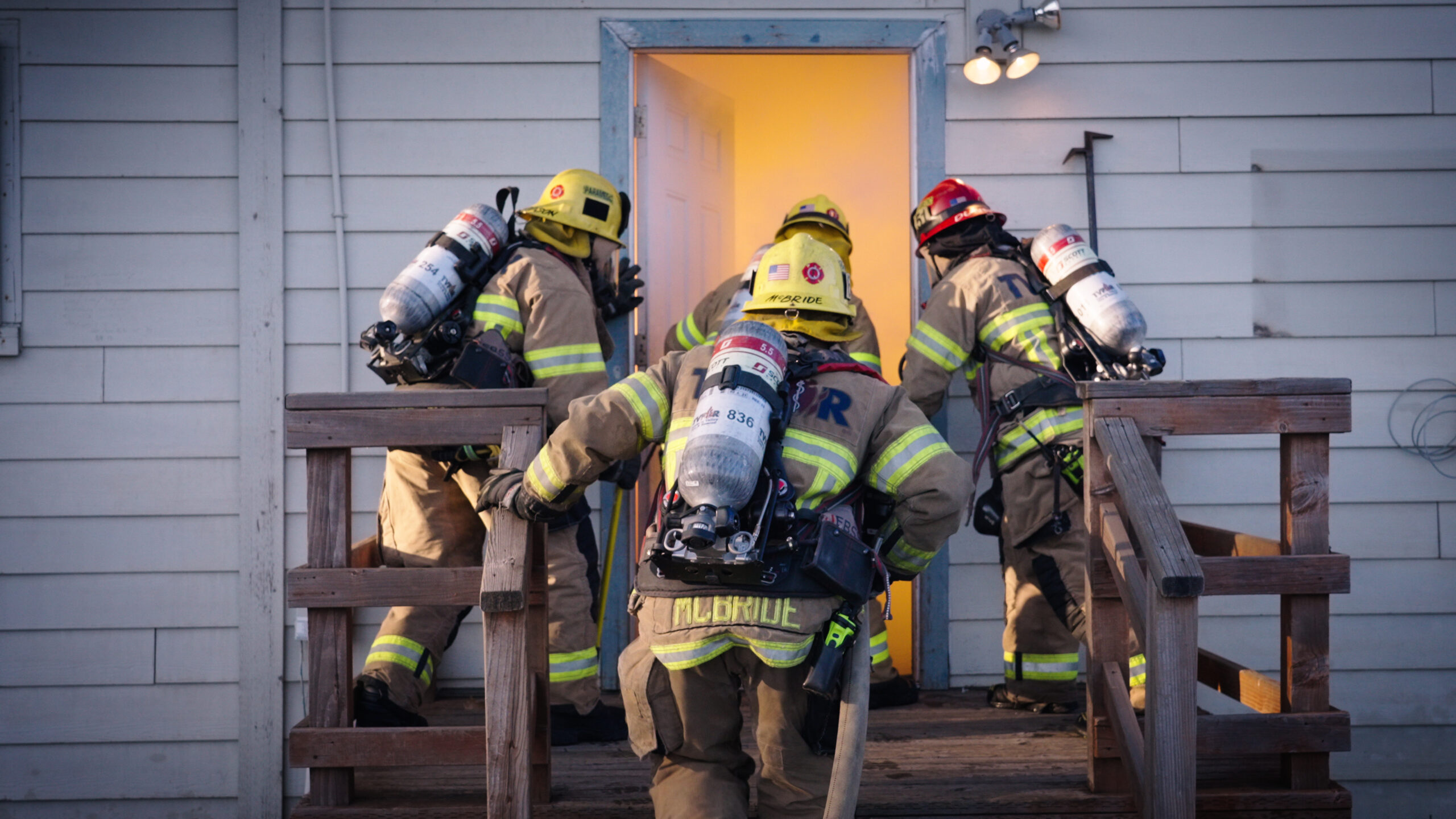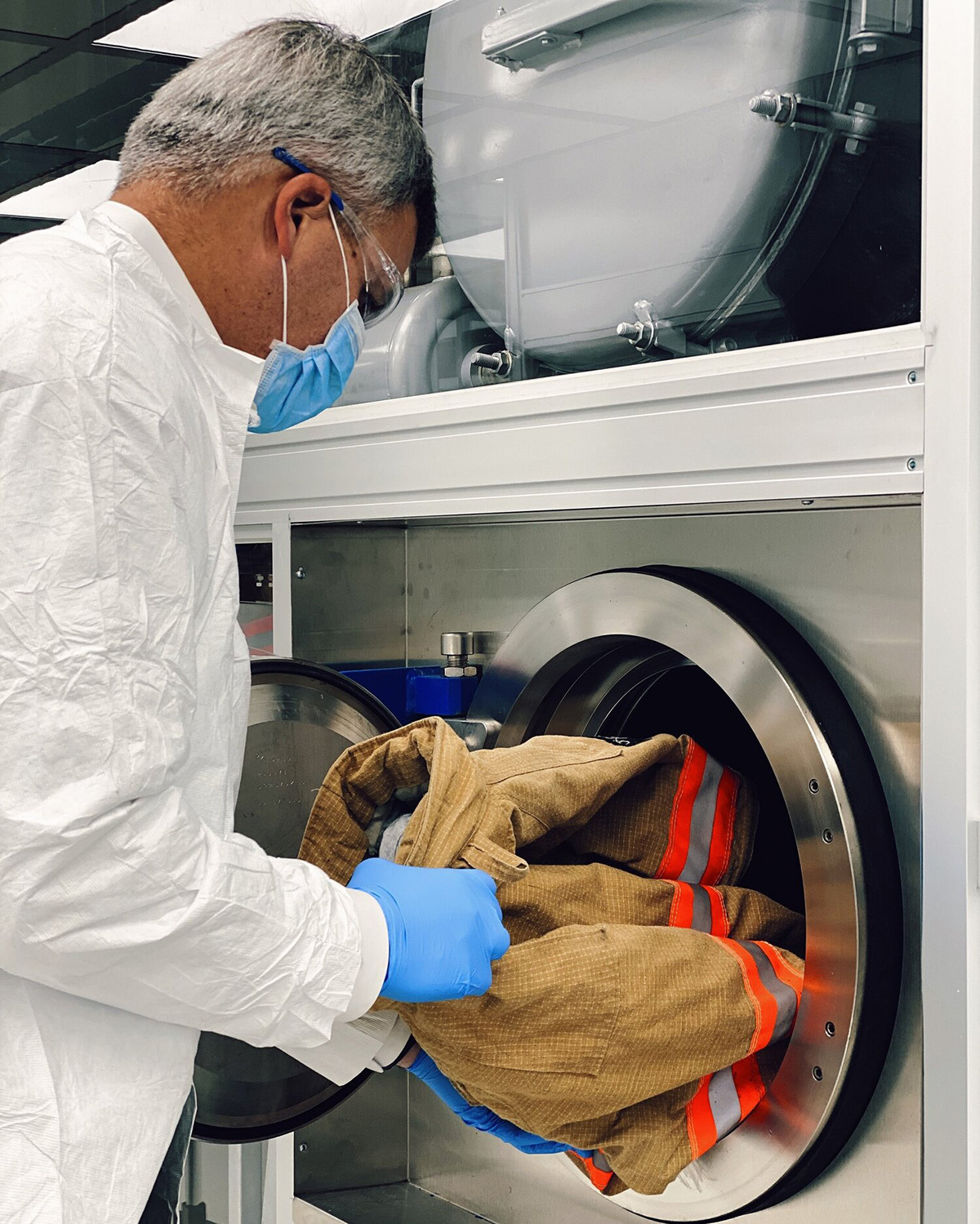By: Mike Duyck, President
Established in 1896, the National Fire Protection Association (NFPA) serves as a leading organization dedicated to reducing fire hazards and preventing injuries through the development and implementation of consensus codes and standards. Among the crucial documents it produces, NFPA 1500 holds particular importance for firefighters and fire chiefs. This article aims to provide an educational and friendly guide to NFPA 1500, covering its significance, objectives, specifications, and tips for successful compliance.
The NFPA’s Purpose
The NFPA is a nonprofit organization that brings together experts from various fields to develop comprehensive guidelines that enhance safety across industries. Its mission is to promote the widespread adoption of fire prevention and protection measures through research, training, and the creation of standards. By establishing these standards, the NFPA helps ensure consistent practices and a high level of safety in firefighting and other related industries.
What is NFPA 1500?
NFPA 1500, often referred to as the “Standard on Fire Department Occupational Safety, Health, and Wellness Program,” is a critical document within the fire service. It provides a framework for fire departments to create and maintain effective safety, health, and wellness programs. NFPA 1500 serves as a vital resource for promoting the well-being of both firefighters and the communities they serve.
Objectives and Importance
The primary objectives of NFPA 1500 are to protect the health, safety, and overall well-being of firefighters, as well as to enhance the efficiency and effectiveness of emergency operations. By adhering to the guidelines set forth in NFPA 1500, fire departments can minimize risks, prevent injuries, and create a culture of safety within their organizations. This standard emphasizes the importance of establishing comprehensive occupational safety, health, and wellness programs, addressing key areas such as emergency operations, protective clothing and equipment, and incident stress management.
- Emergency operations: NFPA 1500 provides guidelines for conducting emergency operations, including incident management, risk assessment, incident action plans, and communication protocols. These provisions aim to ensure a systematic and coordinated response to emergencies, minimizing hazards and maximizing the safety of both firefighters and the public.
- Protective clothing and equipment: The standard outlines requirements for personal protective equipment (PPE) used by firefighters, including turnout gear, helmets, gloves, and boots. It covers specifications for design, performance, maintenance, and testing to ensure that firefighters have reliable and effective protection during operations.
- Incident stress management: Recognizing the psychological toll of firefighting, NFPA 1500 addresses the importance of incident stress management programs. It encourages fire departments to develop resources and protocols for addressing the mental health and well-being of firefighters, including critical incident stress debriefing, peer support, and access to mental health services. These provisions aim to mitigate the long-term effects of trauma and stress on firefighters’ mental and emotional health.
Specifications of NFPA 1500 Standards
NFPA 1500 provides detailed specifications and requirements across various areas to ensure comprehensive occupational safety, health, and wellness programs within fire departments.
Some key specifications include:
- Physical fitness: The standard outlines guidelines for physical fitness programs, including annual physical evaluations, fitness assessments, and training programs to maintain firefighters’ physical capabilities.
- Protective cleaning and equipment care: NFPA 1500 emphasizes the importance of proper cleaning, inspection, maintenance, and storage of protective clothing and equipment. These guidelines help extend the lifespan of PPE and ensure its reliability during emergencies.
- Firefighter PPE inspection and retirement: The standard provides guidelines for routine inspection and assessment of firefighter PPE, including criteria for determining when equipment should be retired and replaced.
How to Succeed in Complying with NFPA 1500
Achieving compliance with NFPA 1500 is a top priority for fire departments to ensure the safety and well-being of their personnel. Here are some tips to succeed in complying with the standard:
- Stay informed: Regularly review and stay updated on the latest revisions and changes to NFPA 1500. The NFPA website and other reliable sources provide access to the most recent versions of the standard.
- Develop a comprehensive program: Establish an occupational safety, health, and wellness program that aligns with the requirements of NFPA 1500. This includes policies, procedures, training, and resources that promote safety and well-being.
- Train and educate personnel: Provide regular training and education to all personnel, ensuring they understand the requirements of NFPA 1500 and how to implement them effectively. This includes training on emergency operations, proper use and care of PPE, and stress management techniques.
- Foster a culture of safety: Promote a culture that prioritizes safety and encourages proactive hazard identification, risk assessment, and mitigation. Regularly communicate safety messages and reinforce the importance of compliance with NFPA 1500.
- Collaborate with stakeholders: Engage with other fire departments, industry experts, and relevant stakeholders to share best practices and learn from their experiences. Collaborative efforts can lead to valuable insights and innovative approaches to implementing NFPA 1500.
By familiarizing themselves with NFPA 1500 and implementing its recommendations, fire departments can enhance their operational effectiveness while prioritizing the health and safety of their personnel. Adhering to this standard and staying informed about updates and best practices within the fire service can contribute to a safer and more resilient firefighting community. Remember, NFPA 1500 serves as a vital resource for establishing comprehensive safety, health, and wellness programs that ultimately protect the well-being of firefighters and the communities they serve.



